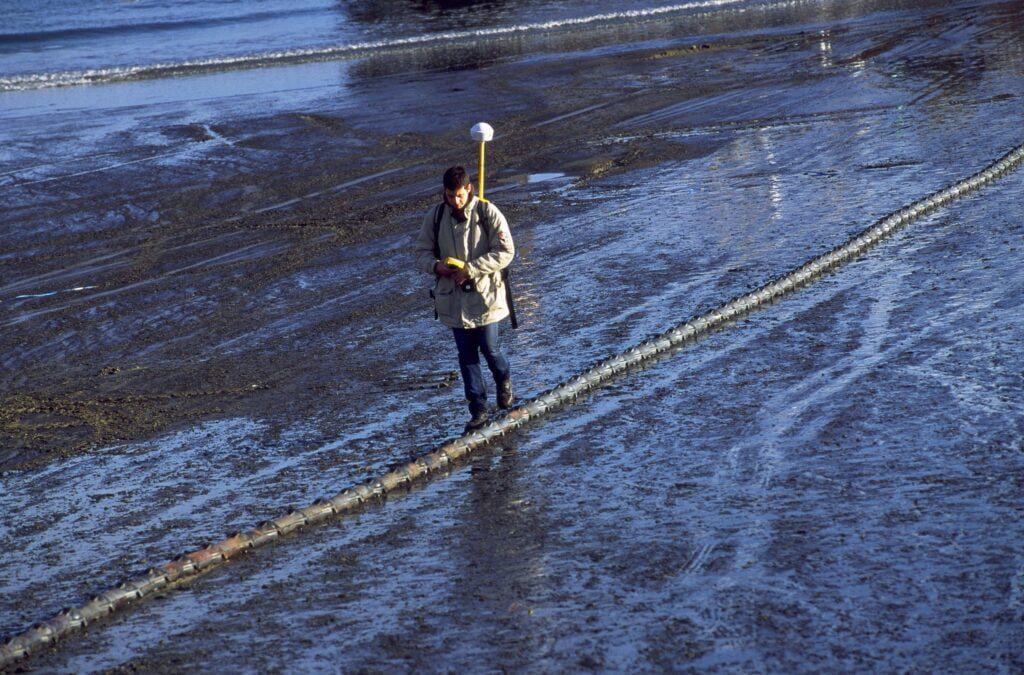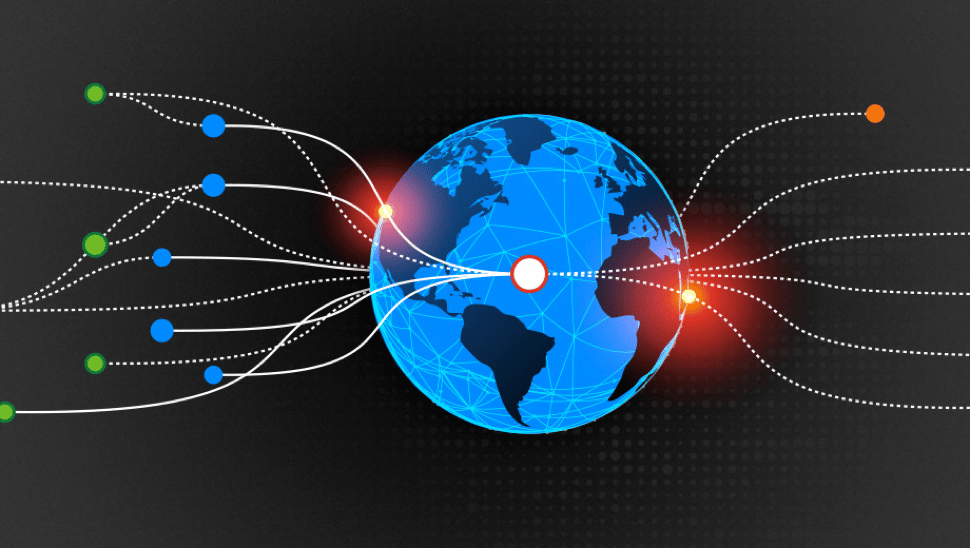Scientists have known for decades that an extreme solar storm could damage power grids and potentially cause prolonged blackouts. The repercussions would be felt everywhere, from global supply chains and transportation to GPS.
Less examined thus far, however, is the impact such solar output could have on internet infrastructure in particular. New research shows that the failures could be catastrophic: an apocalypse, in the true meaning of the term, particularly for the undersea cables that underpin the global Internet.
Sangeetha Abdu Jyothi, researcher at the University of California, has just presented a study, “Solar Storms: Planning for an Internet Apocalypse.” This is an examination of the damage that a cloud of fast-moving magnetized solar particles could cause to the global grid. Abdu Jyothi's research highlights a previously little-considered scenario: one in which, even if power returned in a few hours or days, Internet outages would persist after a similar storm.

Internet apocalypse
Let me start by saying that there is good news. Abdu Jyothi found that local and regional internet infrastructure would be at low risk of damage even with a massive solar storm, because the optical fiber is not affected by geomagnetically induced currents. The problem would be for the long undersea cables connecting the continents, though. A solar storm hitting a number of these cables around the world could cause a massive loss of connectivity by cutting off countries at the source, even leaving local infrastructure intact. Hence the definition of "Internet Apocalypse" used knowledgeably by the researcher.
What really made me think about this is that with the pandemic we saw how unprepared the world was. There was no protocol to deal with it effectively and it's the same with internet resilience. Our infrastructure is not prepared for a large-scale solar event. We have a very limited understanding of what the extent of the damage would be.
Sangeetha Abdu Jyothi, University of California
This information gap mainly stems from a lack of data
Severe solar storms are so rare that we only have them three main examples throughout recent history. Major events in the 1859 and in 1921 have shown that geomagnetic disturbances can disrupt electrical infrastructure and communications lines such as telegraph wires. In 1859, compass needles swung wildly, and the Northern Lights were visible at the equator in Colombia. But those geomagnetic disturbances occurred before modern electrical grids were established. A moderate severity solar storm in 1989 it caused a nine-hour blackout in northeastern Canada, but no “internet apocalypse”—this also occurred before the rise of modern web infrastructure.
While they don't happen often, coronal mass expulsions are a real threat to the resilience of the internet, says Abdu Jyothi. And after three decades of low solar storm activity, the likelihood of another crash is increasing.
Why are underwater cables at risk?
To keep data across oceans intact, the cables are equipped with repeaters at intervals of about 50-150 kilometers depending on the cable. These devices amplify the optical signal, ensuring that nothing gets lost in transit, like a relay thrown in baseball. These repeaters are the “weak link” in the chain, when exposed to geomagnetic currents. However, the “internet apocalypse” would also affect any equipment orbiting the earth. Bad news for Starlink, eg.
But exactly, how much damage and where would it occur? “There are no models currently available for how this might go,” says Abdu Jyothi. “We have more awareness of how these storms would impact energy systems on land. In the ocean it's hard to predict."
Coronal mass ejections tend to have a greater impact at higher latitudes, closer to Earth's magnetic poles. That's why in the internet apocalypse cables in some regions would be more affected than others. Asia would run fewer risks, because Singapore serves as a hub for many submarine cables in the region and is on the equator. For cables that cross the Atlantic and Pacific oceans, however, it would probably be a disaster even in the event of minor solar storms.

The risk? Not an apocalypse, but a half palingenesis yes.
The internet is structurally resilient: if a route is not available, traffic diverts to other routes. This is a property that could potentially maintain connectivity, even at slow speeds, in the event of a solar storm. But enough damage to these vital arteries would begin to destabilize the network. And depending on where the cable breaks occur, Abdu Jyothi says fundamental data routing systems like the Domain Name System may start to malfunction, creating chain breaks.
What do I think? There are some people who think that a geomagnetic disturbance would be a catastrophic scenario and there are others who think it would be less of a major event. I'm a little in the middle. I think the prospect of an “Internet Apocalypse” is something the industry certainly needs to be prepared for.


